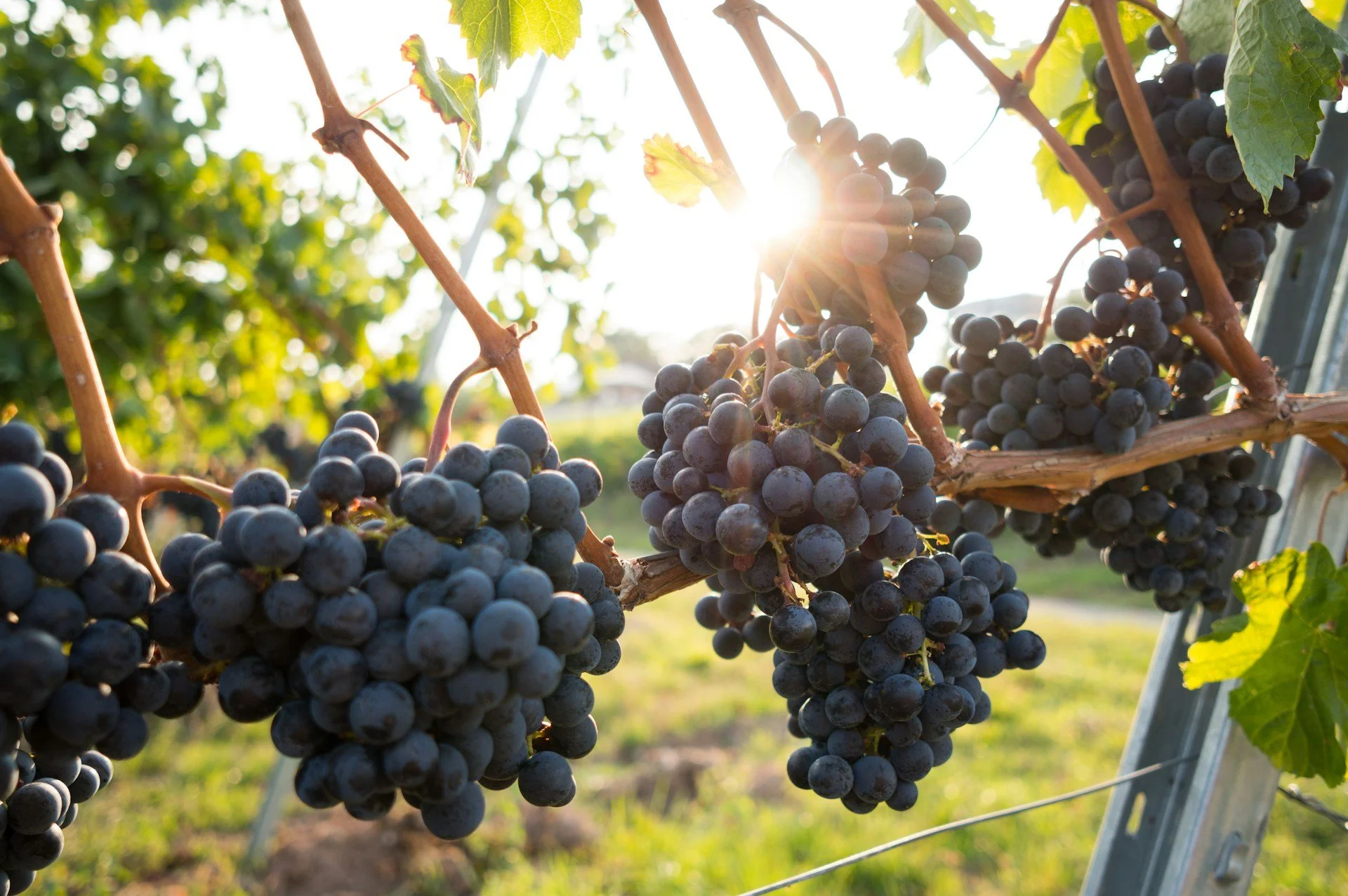The rich history of German Winemaking
Germany’s winemaking tradition is a rich tapestry woven over two millennia. From the days when the Romans first planted vines along the banks of the Mosel River to today’s world-renowned wine industry, Germany’s viticultural history is a fascinating journey through time. In this post, we’ll explore how German winemaking has evolved, influenced by nature, history, and human ingenuity.
Grapes; Image by David Köhler via Unsplash
The Roman Roots of German Viticulture
The story of German wine begins around 70 AD when Roman settlers recognized the potential of the fertile, sun-kissed slopes along the Rhine and Mosel rivers. They established the first vineyards, bringing with them the knowledge and skills required for viticulture. The Romans were masterful in finding the best sites for vineyards, choosing steep hillsides that caught ample sunlight, and building terraces to maximize grape production.
Wine quickly became a central part of local culture and economy. Even after the fall of the Roman Empire, the foundations they laid remained strong. As Christianity spread throughout Europe, monasteries and abbeys became centers of winemaking. Monks took on the role of preserving and advancing viticultural practices, meticulously tending to their vineyards and recording their methods.
Monasteries: The Heart of Medieval Winemaking
During the Middle Ages, monasteries played a crucial role in shaping Germany’s winemaking landscape. The Benedictine and Cistercian orders, in particular, were instrumental in expanding vineyards and perfecting winemaking techniques. Their deep understanding of agriculture and commitment to quality set the standard for wine production for centuries.
The famous vineyards of the Rheingau and the Mosel owe much to these monastic efforts. Abbeys like Kloster Eberbach and Kloster Lorsch became hubs of viticultural excellence, where wine was not only a spiritual symbol but also a significant economic asset. Monks experimented with grape varieties and terroir, and their records provide us with valuable insight into the winemaking practices of that era.
The Influence of the Nobility and the Rise of Riesling
As the Middle Ages gave way to the Renaissance, the importance of winemaking grew beyond the church. By the 14th and 15th centuries, the nobility began to establish their own vineyards, and the trade of wine became highly lucrative. The Rhine River acted as a major transportation route, allowing German wines to be exported across Europe, where they gained considerable fame.
It was during the 15th century that one of Germany’s most iconic grape varieties, Riesling, was first documented. Riesling quickly proved to be perfectly suited to the cool German climate, thriving on the steep, slate-covered hillsides. The grape's high acidity and aromatic complexity made it a favorite among wine producers, and by the 18th century, it had become the dominant variety in many of Germany’s wine regions.
The 19th Century: A Golden Era for German Wine
The 19th century was a golden age for German wine, especially Riesling. The wines produced during this period were some of the most sought after in the world, rivaling even the best Bordeaux and Burgundy wines. German Rieslings from the Rheingau and Mosel fetched astronomical prices at auction, and wealthy collectors vied for bottles from the most prestigious vineyards.
This era was marked by a deep appreciation for terroir. Vineyards were classified based on their quality, with the best sites earning high praise for their ability to produce exceptional wines. The concept of terroir—the idea that the land itself imparts unique characteristics to the wine—became deeply ingrained in German winemaking philosophy.
Challenges and Resilience: Phylloxera and War
However, the late 19th and early 20th centuries brought significant challenges. The phylloxera epidemic, a pest that destroyed vineyards across Europe, did not spare Germany. Winemakers had to uproot and replant their vines, often using grafted rootstocks from resistant American varieties. This period of recovery was arduous, but it demonstrated the resilience and adaptability of German vintners.
The two World Wars of the 20th century further devastated the German wine industry. Vineyards were destroyed, and winemaking infrastructure was severely damaged. The post-war years were marked by economic hardship, and the focus shifted to producing large quantities of wine rather than high quality. Sweet, mass-produced wines became common, tarnishing the reputation of German wine for decades.
A Renaissance in Quality
Fortunately, the late 20th century saw a renaissance in German winemaking. A new generation of vintners emerged, determined to restore the reputation of German wines. They returned to focusing on quality, emphasizing the unique characteristics of each vineyard and grape variety. The rise of dry Rieslings (Trocken) in the 1980s and 1990s marked a turning point, showcasing the versatility and elegance of German wines.
Winemakers also embraced sustainable and organic practices, respecting the environment and terroir that define their wines. Today, Germany is known for its diversity in wine styles, from bone-dry, mineral-driven Rieslings to luscious dessert wines and vibrant red wines like Spätburgunder (Pinot Noir).
Conclusion: A Legacy Worth Celebrating
The history of German winemaking is a testament to the dedication, resilience, and passion of generations of vintners. It’s a story of overcoming challenges, embracing innovation, and honoring tradition. Today, when you sip a glass of German wine, you’re not just tasting the product of a vineyard—you’re experiencing a history that spans over 2,000 years.
Whether you’re a seasoned wine enthusiast or a curious beginner, exploring German wine is a journey through time and terroir, one that continues to inspire and delight. Cheers to the legacy of German winemaking!
